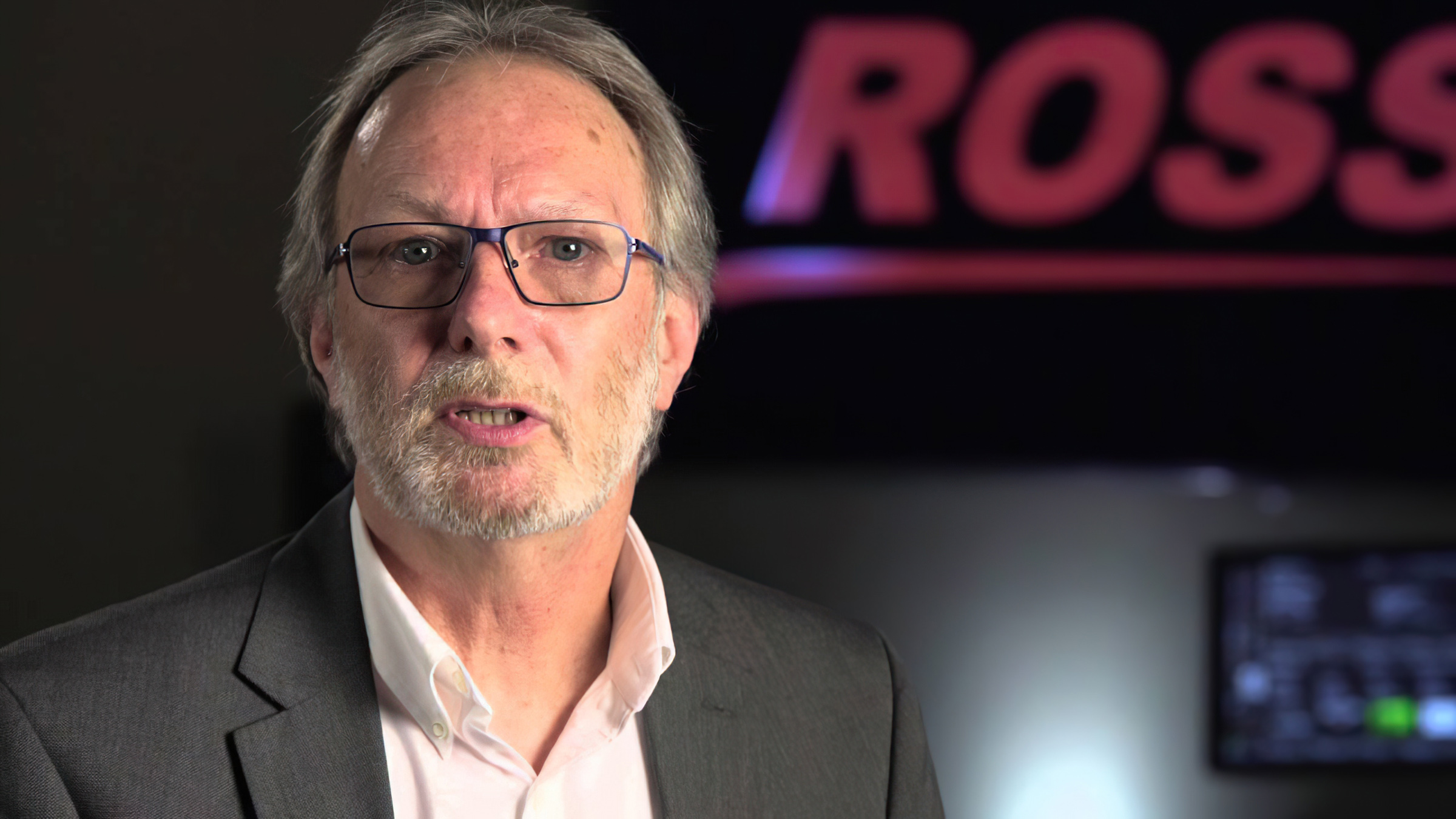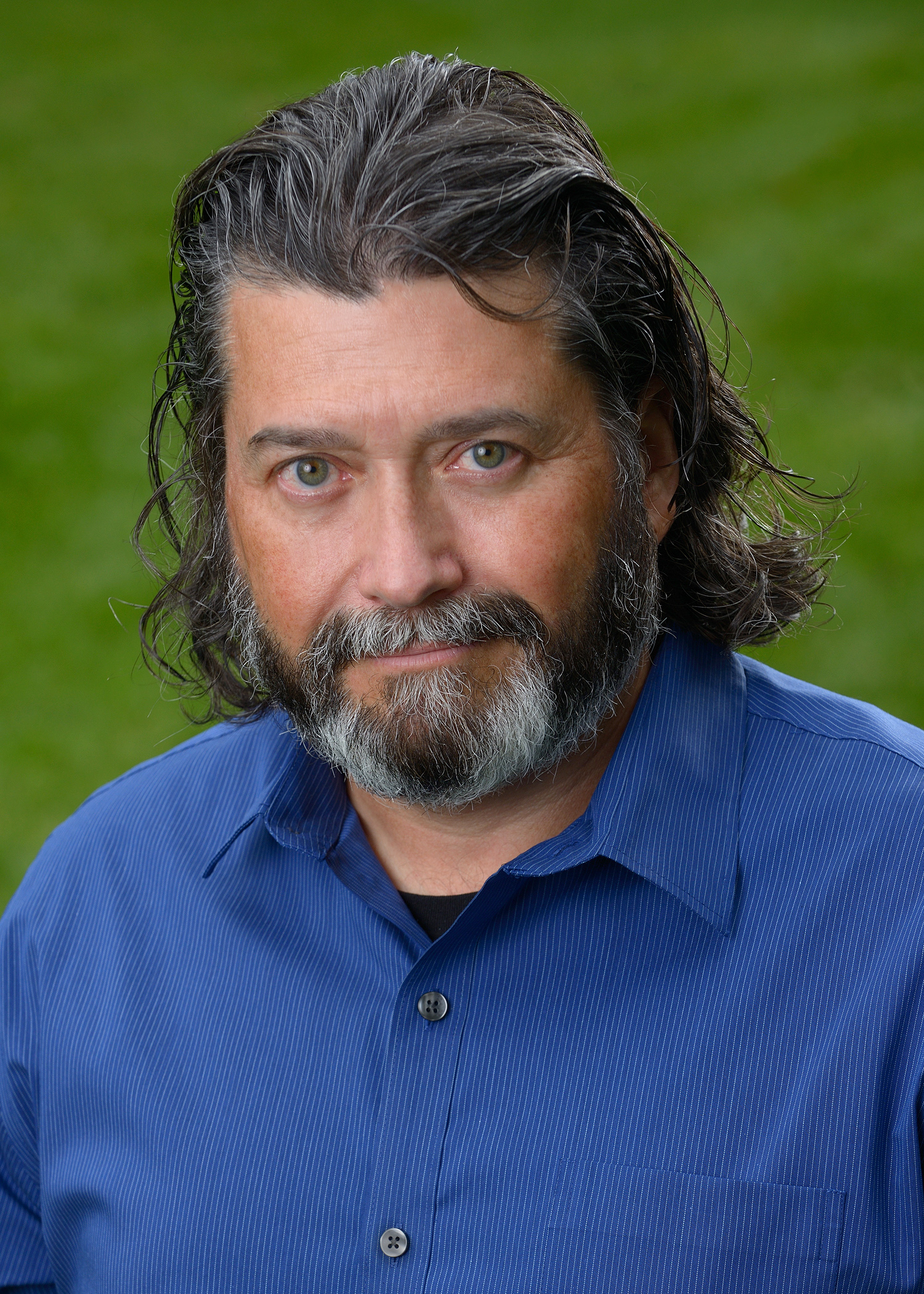Production Switchers Gain Tactile Flexibility
Touch panels do have their place, depending on the application

If you’ve bought a new car in the past eight years, you probably have noticed a trend: Many controls are now on a large touch panel. If you bought a larger video production switcher in the past 10 years, you may have noticed the same thing.
Now that touch panels are part of the control interface for production switchers, users and manufacturers alike are gaining strong experience in ergonomics and convenience. Talking to users, there is no question that touch panels bring important and worthwhile new features to switchers—but they also say that there is no substitute for a button-and-lever control panel.
“For quick actions like switching cameras, tactile hardware panels are best—your hands instinctively know where to go,” said André Dantzler, president of SociallyU, which operates a well-equipped studio in Chattanooga, Tenn. “But for complex setups like customizing multiviewers, [a computer or touch-panel interface] gives you much more intricate control.”
In SociallyU’s studio, a Blackmagic Design ATEM Constellation 8K switcher and several Ultimatte 4K keyers (also by Blackmagic Design) are used to create virtual backgrounds. Dantzler relies on Blackmagic’s ATEM Software Control to provide a touch-panel interface for the switcher.
“The ATEM Software Control lets you get detailed in ways hardware switchers can’t,” Dantzler said. “You can easily rename inputs, adjust advanced camera settings, and build up media assets. [It gives us] the best of both worlds: the ATEM Software Control for detailed setup since it’s free and doesn’t require additional hardware, and the Constellation 8K switcher’s physical panel for quick live actions.”
From My Cold Dead Hands…
Michael Lange, a freelance technical director in Madison, Wisc., agrees that touch panels definitely have a place in the world of production switchers.

“A touch panel allows you to create a custom interface or menu for a specific show,” he said. “For example, if you needed to create a custom screen for recalling a set of macros or effects, you could do that. On some systems, you can completely customize the look and feel of that menu, so there’s a lot of power there to augment traditional control surfaces.”
However, don’t think even about taking away his traditional pushbutton-and-lever control panel.
“On any live broadcast, I prefer physical buttons and levers—you need an interface you can feel, without looking down,” Lange said. “You need an interface where you can build muscle memory. Touchscreens typically don’t allow for that, and they’re too error prone. Touchscreens do have their place in switcher interfaces, but they excel at configuring settings and displaying menus.”
“For fast-paced shows, you need an interface you can feel,” he said. “The learning curve is definitely greater for a traditional interface, but that’s by design. With greater flexibility and power, comes a greater learning curve, much like learning to play the piano.”
Touch screens do have their place in switcher interfaces, but they excel at configuring settings and displaying menus."
Jon Raidel, Vizrt
Lange typically does his live switching work using Vizrt production switchers, and Jon Raidel, global CoE lead for cloud and live production at Vizrt, concurs with Lange’s observation.
“On any live broadcast, I prefer physical buttons and levers,” Raidel said. “This is critical for speed. You need an interface you can feel, without looking down. You need an interface where you can build muscle memory. Touch screens do have their place in switcher interfaces, but they excel at configuring settings and displaying menus. For fast-paced shows, you need an interface you can feel.”
Manufacturers listen carefully to the requests they get from working technical directors, and what manufacturers hear is that TDs overwhelmingly prefer a pushbutton-and-lever control panel for a fast-paced program.
However, they also hear that the ability to reconfigure settings as needed is a feature of value.
“The touchpanels that we find on video control surfaces such as the FOR-A HVS492WOU are not only capable of displaying a much greater amount of information at once, they’re exponentially faster in terms of data entry,” said Ken Sorrell, CTO for Production Technology Partners as well as the touring video director for Christian/crossover artist Lauren Daigle. “They also make on-the-fly adjustments or changes quite easy, which is important when directing anything live.”
User Requirements
“Overall the design of the control surface has remained consistent associated with user’s comfort and use requirements,” said Greg Huttie, vice president for switchers at Grass Valley. “There has been some incorporation of touchscreens with certain areas of the surface, along with heavy usage in the display screen tied to the menu. All changes we’ve incorporated have been vetted by the TD community in keeping with their fervent belief in maintaining tactile feel when it comes to punching a live show or sporting event.”

Huttie does notice that there are some situations where touch-panel interfaces get used.
“Productions are now tasked with creating revenue related to more than a single production output,” He said. These secondary or ‘plus programs’ are utilizing touchscreen control surfaces more frequently than the standard primary production.”
Technical directors—the people who sit at production switchers and make split-second decisions about which button or control to use—all have one voice when it comes to switcher control panels: “Don’t take away our buttons!” Still, touch panels and related computer control capability clearly have a place in modern production switchers. And their role will probably get bigger.
“While the design of the production switcher control panel has remained fundamentally unchanged, the development of control technology, such as touch displays, has allowed users to access configuration parameters quickly and easily,” said Nigel Spratling, vice president for production switchers & servers at Ross Video. “There is still a place for switches and levers, however, the latest control technology is now very much part of the modern production switcher.”

However, with the accessibility of new technology and with the shifting landscape of the live production industry, video production switchers are now being used in a wider array of live production spaces and are being operated by users of all age groups and experiences, Spratling adds.
“In response to this changing landscape, contemporary video production switchers must offer users the flexibility to choose their preferred mode of operation,” Spratling said. “Experienced users are likely to prefer the positivity and precision of physical controls, while beginners might find a touchscreen interface less intimidating with unnecessary controls stripped away. The future of video production switcher controls is likely to be a hybrid, accommodating various user preferences.”
The Crux of it
And that might be the crux of it. I’m old enough to remember when film editors described the “tactile” feel of working with film, and how it was part of the art form. There is very little of that particular tactile feel going on today, as virtually all editing is done electronically on computers.

“With more financially accessible hardware and software introduced to the market over the last several years, and more people entering the industry because of that accessibility, there certainly has been a shift, though I would say a traditional panel and lever style switcher is probably still the most common among industry veterans,” said Bob Caniglia, director of sales operations for the Americas at Blackmagic Design. “As the next generation of creatives comes up, it has been interesting to see how industry demands have been shifting.”
“For example, our ATEM Software Control, which comes free with our ATEM live production switchers, provides even more controls,” Caniglia said. “It can be run on Mac or Windows, and can even be duplicated so more than one person can work on the same workflow simultaneously. Having software like this running on an iPad [for example] allows for great flexibility and level of detail. However, a more traditional interface may make more sense for a straightforward workflow. Having a combination allows users to find the ideal balance for any given setup.”
Hot Topic du Jour
Also, the hot topic du jour is artificial intelligence. Will there be a day in the coming years when Alexa or Siri is the technical director for the Super Bowl or the Olympics? Or even for the six o’clock news?
I know, you’re thinking, “That’s impossible.” Perhaps you are right. However, the big benefit of touch panels used to control production switchers is flexibility.
“A key benefit of touchscreen interfaces is configurability,” Spratling said. “If a manufacturer adds new functionality to its video production switcher, it is a relatively quick design of the software interface to support it. However, to support the same functionality with physical buttons, a redesign of the switcher panel may be required and the user to purchase the newly designed panel. Some manufacturers even allow users to customize their own touchscreen interface!”
In the coming years, might we see a switcher that can understand spoken commands like, “Take camera 2,” or “Key in Marsha’s lower-third?” Once the AI learns the rhythms of a news broadcast, could it do as good a job as an alert, well-trained human?
That is the logical extension of the flexibility provided by touch panels and computer interfaces now appearing on production switchers.
Production switchers are the heart of any live production system. It used to be that they were all about mix/effect busses and chromakeyers, but today’s switchers really are where the action happens in the live production process.
Editor's note: This article was updated on Jan. 24.
Get the TV Tech Newsletter
The professional video industry's #1 source for news, trends and product and tech information. Sign up below.
Bob Kovacs is the former Technology Editor for TV Tech and editor of Government Video. He is a long-time video engineer and writer, who now works as a video producer for a government agency. In 2020, Kovacs won several awards as the editor and co-producer of the short film "Rendezvous."

